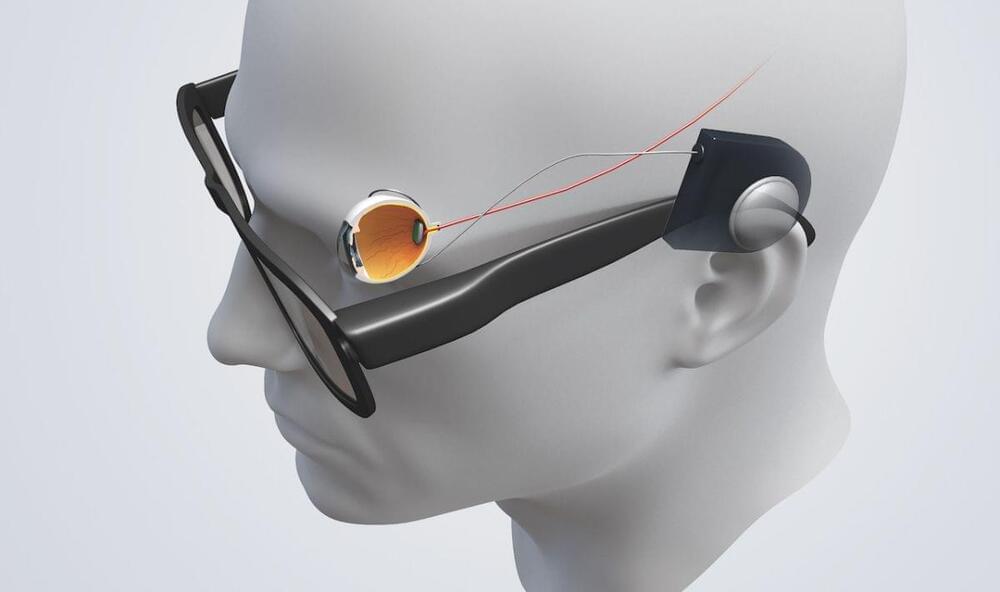
Get the latest international news and world events from around the world.




Your Brain Is Fooled Into Feeling Shapes and Textures On This Temperature-Changing Touchscreen
The research could one day lead to effective touch-typing on a touchscreen with no physical buttons.

DoD space agency funds development of laser terminal that connects to multiple satellite at once
The Space Development Agency awarded BridgeComm and Space Micro a $1.7 million contract to demonstrate point-to-multipoint communications.
WASHINGTON — Each of the satellites in the Pentagon’s planned mesh network of communications satellites could have as many as many as four laser links so they can talk to other satellites, airplanes, ships and ground stations.
Optical inter-satellite links are critical to the success of the Space Development Agency’s low Earth orbit constellation — known as Transport Layer — that will be used to route data traffic. Lasers provide much higher transmission data rates than traditional radio-frequency communications but are also far more expensive.


Bionic eyes: How tech is replacing lost vision
This technology has to translate images into something the human brain can understand. Click the numbers in the interactive image below to find read about how this works.
There are a whole range of conditions, some which are picked up due to the aging process and others which may be inherited, that can cause sight deterioration.
Bionic eyes work by ‘filling in the blanks’ between what the retina perceives and how it is processed in the brain’s visual cortex, that breakdown occurs in conditions which impact the retina. It is largely these conditions which bionic eyes could help treat.

